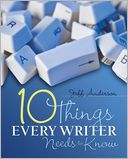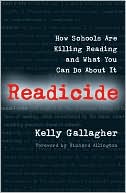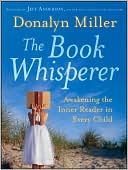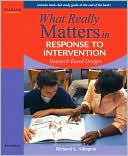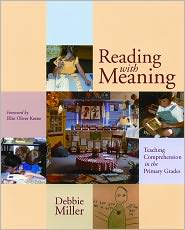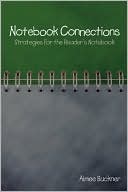Also known as short, tiny, brief, concise (but still powerful) lessons!
There are two qualities that the majority
of teachers I know share: the desire to
help children and the desire to talk.
Have you ever been in a room full of teachers? It is not quiet! We just can't help ourselves. Therefore it only makes sense that we would
have a tendency to sometimes go on too long during a lesson. After all we want to help our students. We want to make sure they understand. It's easy to fall into the trap of "just
one". Just one more example... Just one more story... Just one more problem... Just one more explanation... I know they will get it this time! The trouble is we have just pushed the kids
beyond their capacity to retain what we said.
It's important for us to keep our lessons
mini. Brain research shows that the age
of the child is equal to the amount of minutes they can maintain
attention. That means a five year old can
focus for five minutes, a ten year old for ten minutes, etc.. (I'm forty-two which means I should be able
to focus for forty-two minutes right? Actually
research is showing, regardless of age, ten minutes is the threshold
without brain and body breaks!)
Think of it as a challenge! How could you chunk instruction into shorter segments so students can retain and sustain their learning?
Some Ideas
*Keep your lessons brief and to the
point. Pick one skill to focus on.
*Switch your position in the room or the
position of the students. Move the whole class from the carpet to their desks, move from the whiteboard to the document camera, have students swivel facing front to facing back, etc..
*Use the think, pair, share strategy to give everyone a chance to share without adding length to the lesson having students respond one-by-one..
*Don't be afraid to stop for a brain or body
break. If you feel like your class is
losing attention, they are. If you think
they are still learning, they are not.
*When they have reached their learning maximum release them for some independent practice, bring them back together to extend or revisit the skill.
*A specific skill or strategy may be taught as a mini-lesson over several days. No one expects you to teach inference in one day, in one lesson, and never discuss it again! Don't be afraid to stretch it out.
Mini Lesson Outline
1. Name the concept or skill being taught
2. Teacher Modeling
3. Guided practice as a class
4. More examples/discussion
5. Review what was taught (circle back to #1)
Bonus Tip: If you are stuck about what to confer with individual students about, touch on the
strategy that was just taught in the mini-lesson. This will give you an idea of whether or not it stuck!
Whole Brain Teaching Video (If you search "whole brain teaching" on You Tube you will find dozens of powerful examples.)





